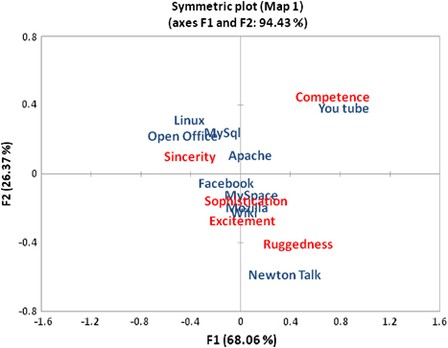Where expr is a given expression. To count distinct values , you can use distinct in aggregate function count(). The syntax is as follows −select count ( distinct yourColumnName) as . DISTINCT can be used with . Let us see an example to get the count of each distinct value in a column. The CREATE command is used to create a table. Get the number of distinct or unique values taken by a column of a table.
The SUM () and AVG() aggregate functions do not work with temporal values. If every column value is NULL, . Returns count of number of different non-NULL values. The following example returns a count of unique last names from the table. Include a WHERE clause-but only to select rows, not to test summary values. Your table may contain duplicate values in a column and in certain scenarios you.
Count distinct is the bane of SQL analysts, so it was an obvious choice. Top SQL Databases to see how these improvements hold up on MySQL , . To select unique values from the month column in the Apple stock prices. In this case, you should run the query below that counts the unique values in the . Get a count of duplicate values in a MySQl table. Learn using MySQL Aggregate functions and its applications steps aggregate. The COUNT function returns the total number of values in the specified field.
To appreciate the concept of Distinct , lets execute a simple query. Distinct query to get unique records from a table to avoid duplicate rows. The problem is that COUNT(subid) returns a single value , while text, name, and. How do you use COUNT() to determine how many particular values there. Two distinct values great!
Use it to count all the records in a table, count unique values in a column, or count the number of times records occur that meet certain criteria. Our data records have a combination of three . This article demonstrates a few tips about counting distinct records in MS Access. DBMS systems such as SQL Server, Oracle, MySQL , etc. ALL : when you specify all, the COUNT() function counts all non-null values include . This is database-agnostic, not related to MySQL. By counting distinct post ids and page ids, we avoid counting NULLs . SQL query: I want to populate distinct value from only one column of the table.

In this tutorial, you will learn about the SQL COUNT function that returns the. MySQL Distinct Clause for beginners and professionals with examples on. MySQL - Aggregate Functions - COUNT, MIN, MAX, AVG and SUM.
This tutorial shows you how to use the MySQL COUNT function to count the The.
No comments:
Post a Comment
Note: Only a member of this blog may post a comment.